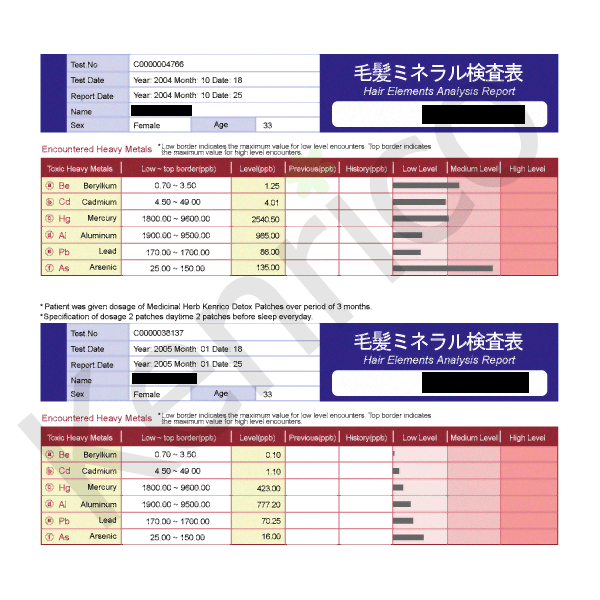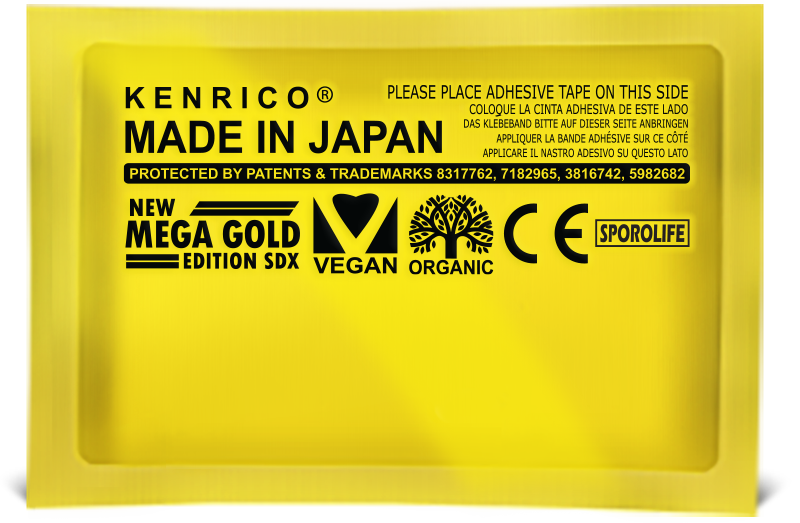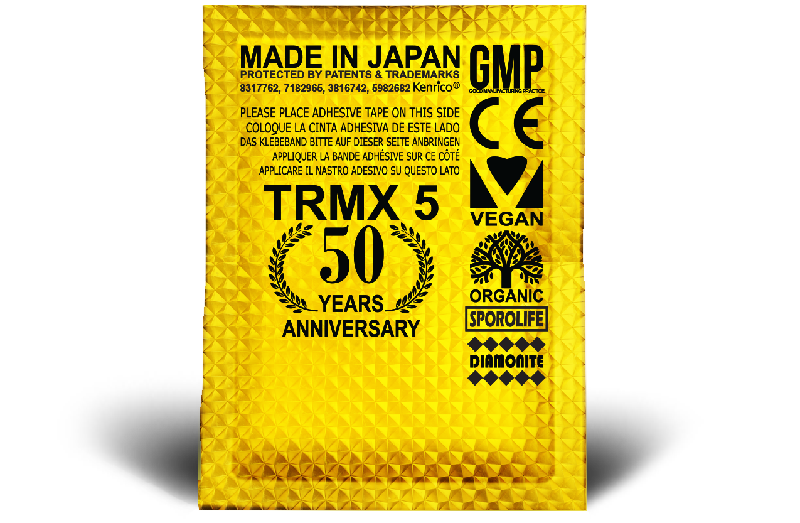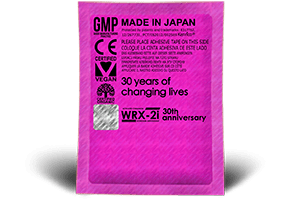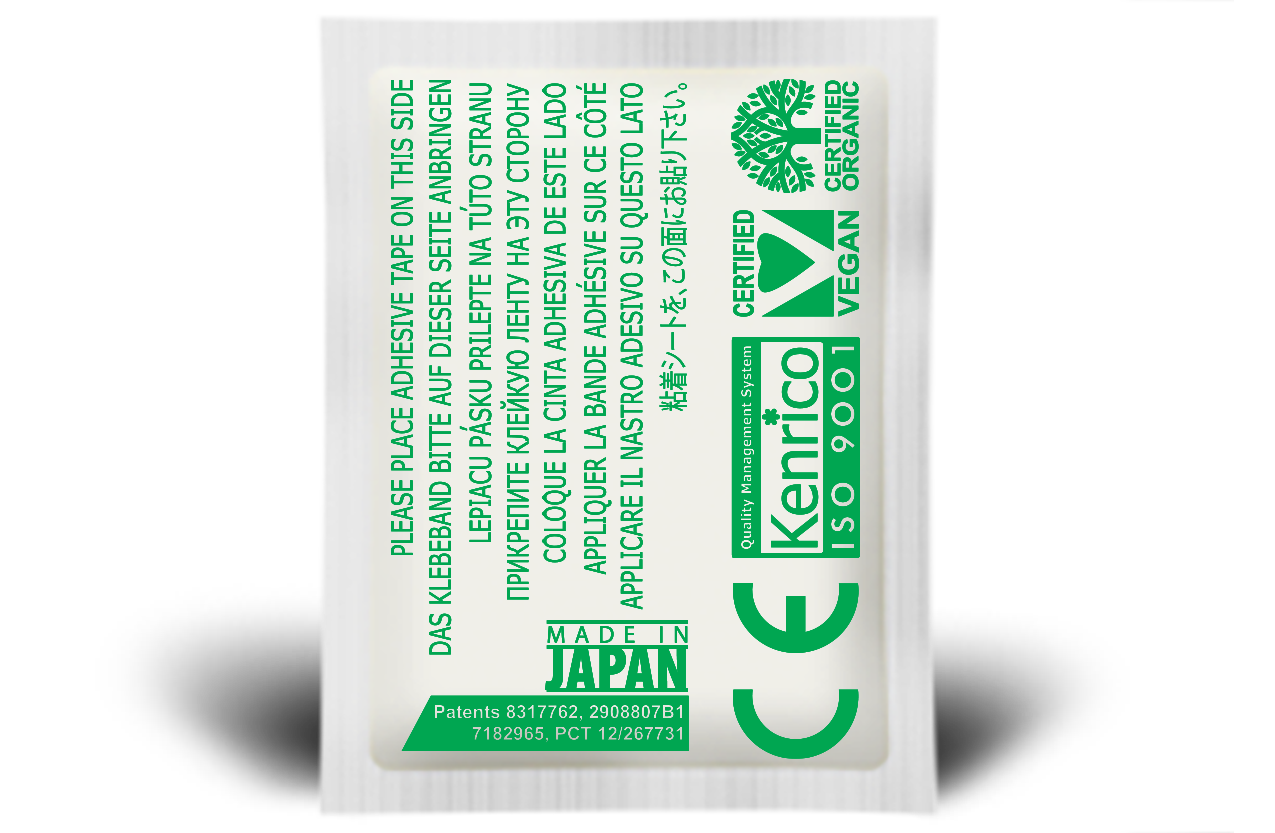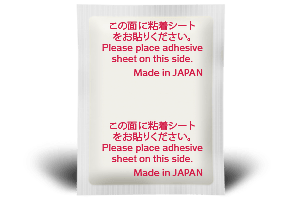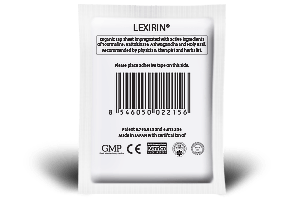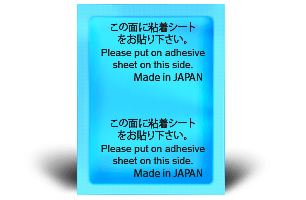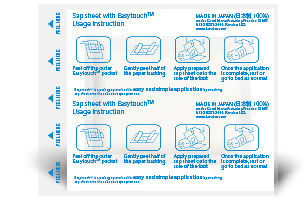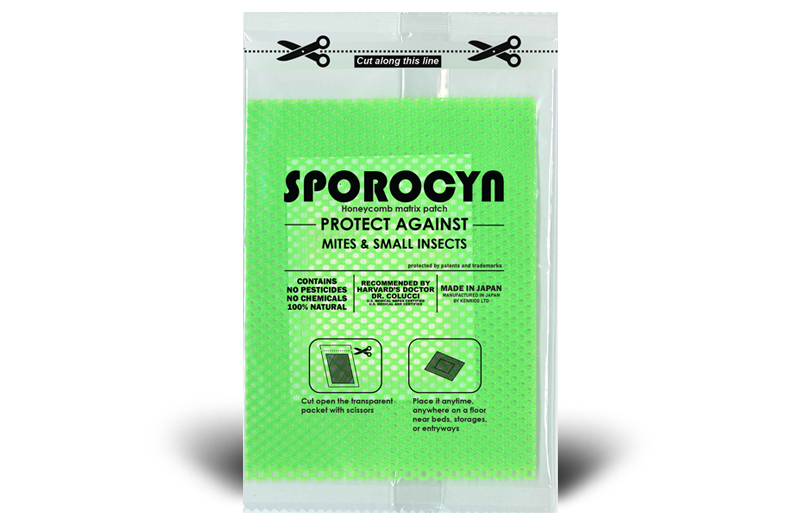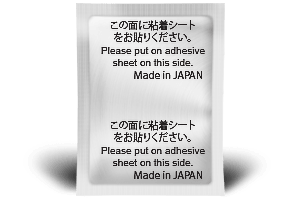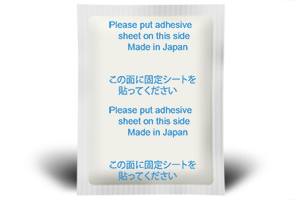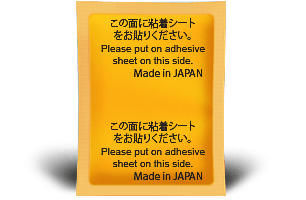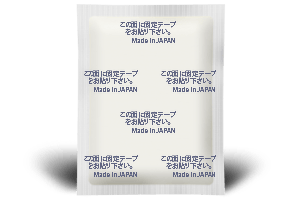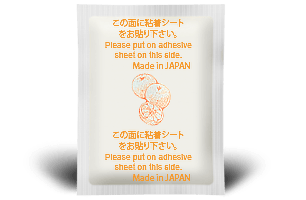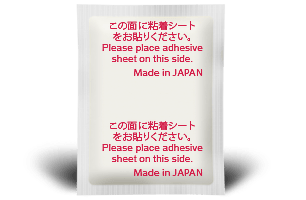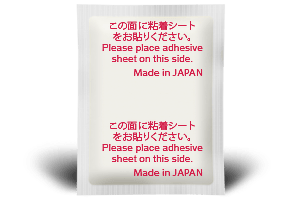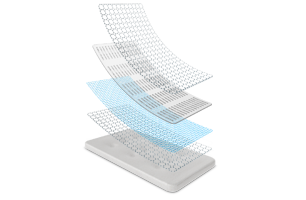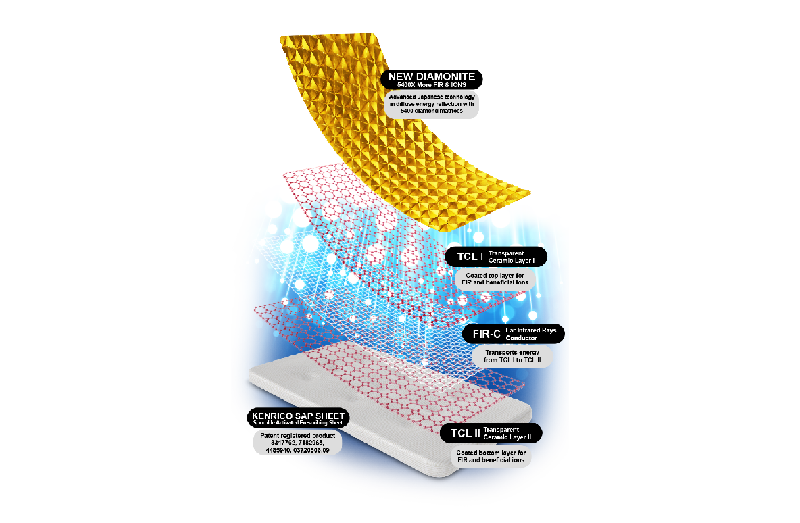Research & Peer Review Studies
HM01: Heavy Metals Research (January 18th, 2005)
Test article: Kenrico SAP (Sporolife Activated Prescribing) Sheet TRMX
"Heavy metals" are chemical elements with a specific gravity that is at least 5 times the specific gravity of water. In small quantities, certain heavy metals are nutritionally essential for a healthy life. These elements, or some form of them, are commonly found naturally in foodstuffs, in fruits and vegetables, and in commercially available multivitamin products. Heavy metals are also common in industrial applications such as in the manufacture of pesticides, batteries, alloys, electroplated metal parts, textile dyes, steel, and so forth. Many of these products are in our homes and actually add to our quality of life when properly used.
Heavy metals become toxic when they are not metabolized by the body and accumulate in the soft tissues. Heavy metals may enter the human body through food, water, air, or absorption through the skin when they come in contact with humans in agriculture and in manufacturing, pharmaceutical, industrial, or residential settings. Industrial exposure accounts for a common route of exposure for adults. Ingestion is the most common route of exposure in children. Children may develop toxic levels from the normal hand-to-mouth activity of small children who come in contact with contaminated soil or by actually eating objects that are not food (dirt or paint chips). Less common routes of exposure are during a radiological procedure, from inappropriate dosing or monitoring during intravenous (parenteral) nutrition, from a broken thermometer, or from a suicide or homicide attempt.
ARSENIC
Arsenic is the most common cause of acute heavy metal poisoning in adults. Arsenic is released into the environment by the smelting process of copper, zinc, and lead, as
well as by the manufacturing of chemicals and glasses. Arsine gas is a common byproduct produced by the manufacturing of pesticides that contain arsenic. Arsenic may be also be found in
water supplies worldwide, leading to exposure of shellfish, cod, and haddock. Other sources are paints, rat poisoning, fungicides, and wood preservatives. Target organs are the blood,
kidneys, and central nervous, digestive, and skin systems.
LEAD
Lead accounts for most of the cases of pediatric heavy metal poisoning. It is a very soft metal and was used in pipes, drains, and soldering materials for many years. Millions
of homes built before 1940 still contain lead (e.g., in painted surfaces), leading to chronic exposure from weathering, flaking, chalking, and dust. Every year, industry produces about 2.5
million tons of lead throughout the world. Most of this lead is used for batteries. The remainder is used for cable coverings, plumbing, ammunition, and fuel additives. Other uses are as
paint pigments and in PVC plastics, x-ray shielding, crystal glass production, pencils, and pesticides. Target organs are the bones, brain, blood, kidneys, and thyroid gland.
MERCURY
Mercury is generated naturally in the environment from the degassing of the earth's crust, from volcanic emissions. It exists in three forms: elemental mercury and organic
and inorganic mercury. Mining operations, chloralkali plants, and paper industries are significant producers of mercury. Atmospheric mercury is dispersed across the globe by winds and
returns to the earth in rainfall, accumulating in aquatic food chains and fish in lakes. Mercury compounds were added to paint as a fungicide until 1990. These compounds are now banned;
however, old paint supplies and surfaces painted with these old supplies still exist. Mercury continues to be used in thermometers, thermostats, and dental amalgam. Medicines, such as
mercurochrome and merthiolate, are still available. Algaecides and childhood vaccines are also potential sources. Inhalation is the most frequent cause of exposure to mercury. The organic
form is readily absorbed in the gastrointestinal tract (90-100%); lesser but still significant amounts of inorganic mercury are absorbed in the gastrointestinal tract (7-15%). Target organs
are the brain and kidneys.
CADMIUM
Cadmium is a byproduct of the mining and smelting of lead and zinc. It is used in nickel-cadmium batteries, PVC plastics, and paint pigments. It can be found in soils
because insecticides, fungicides, sludge, and commercial fertilizers that use cadmium are used in agriculture. Cadmium may be found in reservoirs containing shellfish. Cigarettes also
contain cadmium. Lesser-known sources of exposure are dental alloys, electroplating, motor oil, and exhaust. Inhalation accounts for 15-50% of absorption through the respiratory system; 2-7%
of ingested cadmium is absorbed in the gastrointestinal system. Target organs are the liver, placenta, kidneys, lungs, brain, and bones.
BERYLLIUM
Beryllium is a hard, grayish metal naturally found in mineral rocks, coal, soil, and volcanic dust. Beryllium compounds are commercially mined, and the beryllium is
purified for use in nuclear weapons and reactors, aircraft and space vehicle structures, instruments, x-ray machines, and mirrors. Beryllium ores are used to make speciality ceramics for
electrical and high-technology applications. Beryllium alloys are used in automobiles, computers, sports equipment (golf clubs and bicycle frames), and dental bridges.
ALUMINUM
Although aluminum is not a heavy metal (specific gravity of 2.55-2.80), it makes up about 8% of the surface of the earth and is the third most abundant element. It is
readily available for human ingestion through the use of food additives, antacids, buffered aspirin, astringents, nasal sprays, and antiperspirants; from drinking water; from automobile
exhaust and tobacco smoke; and from using aluminum foil, aluminum cookware, cans, ceramics, and fireworks.
HAIR MINERAL ANALYSIS
Hair can accumulate more then thirty minerals, trace elements and toxins over a three month growth period. Proponents of hair analysis claim that even the
smallest amounts can be detected. Based on the analysis, nutritional and therapeutic measures can be recommended then to correct the imbalances and detoxify the body.
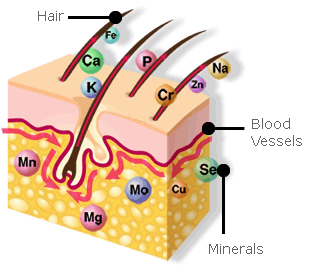
The structure of the hair is a shaft that is made up of lifeless protein material arranged around a central core. This outer protein layer is then sheathed in delicate cuticle cells, which are arranged like shingles or tiles. The cuticle is in turn covered by a layer of protein substances and fatty substances that will protect the hair. Hair grows about half an inch a month and some one-hundred new hairs are added daily. Hair does grow for three to six years before falling out. Using rubberbands, and strong chemicals in hair will cause hair to fall out faster though, so it is recommend to avoid using rubberbands or chemicals in the hair.
The hair root is anchored with each shaft of hair to the scalp. The root is nourished by a network of delicate blood vessels, which deliver vitamins, minerals and trace elements to the outer layers of the hair shaft. These same vessels are also deposited in the hair and any toxins or drugs present then show up during hair analysis. Hair analysis is the process to assess the body's mineral and toxin levels over a period of several months and is the most widely recognized procedure for parents used to test teenagers for drugs in their system.
RESULT
Hair Analysis on 31 years old male. Mercury and Lead dropped significantly after continuous 3 months of detoxification using Kenrico SAP Sheet.
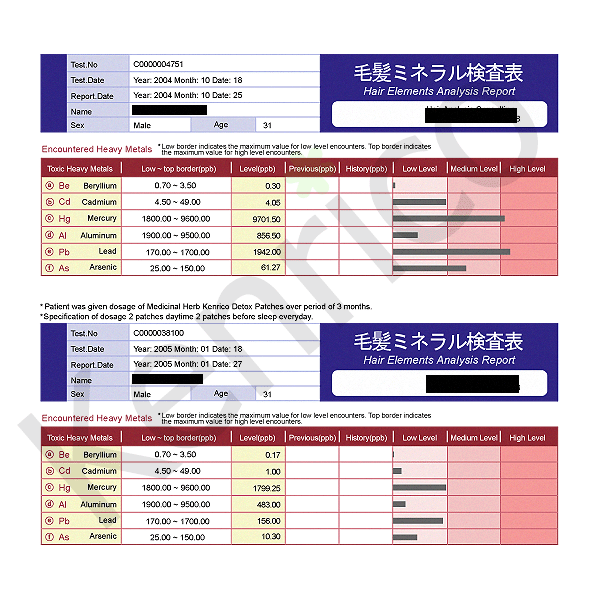
Hair Analysis on 50 years old male. Almost all heavy metal elements dropped significantly after continuous 3 months of detoxification using Kenrico SAP Sheet.
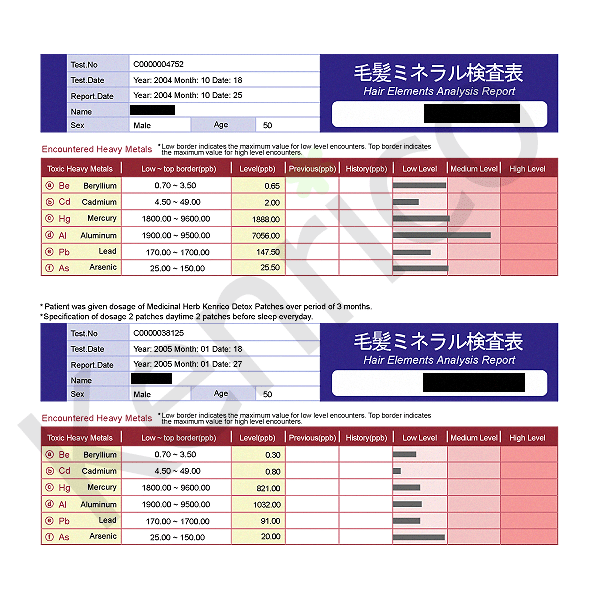
Hair Analysis on 25 years old female. Beryllium, Mercury, Lead, and Arsenic elements dropped significantly after continuous 3 months of detoxification using Kenrico SAP Sheet.
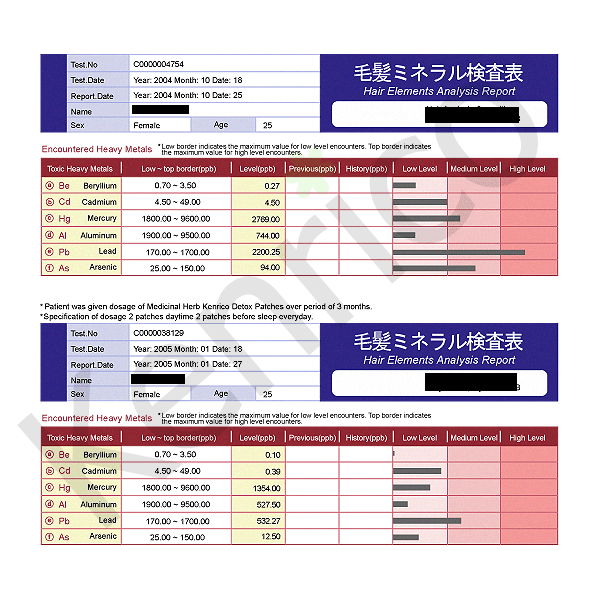
Hair Analysis on 61 years old female. All heavy metal elements dropped significantly after continuous 3 months of detoxification using Kenrico SAP Sheet.
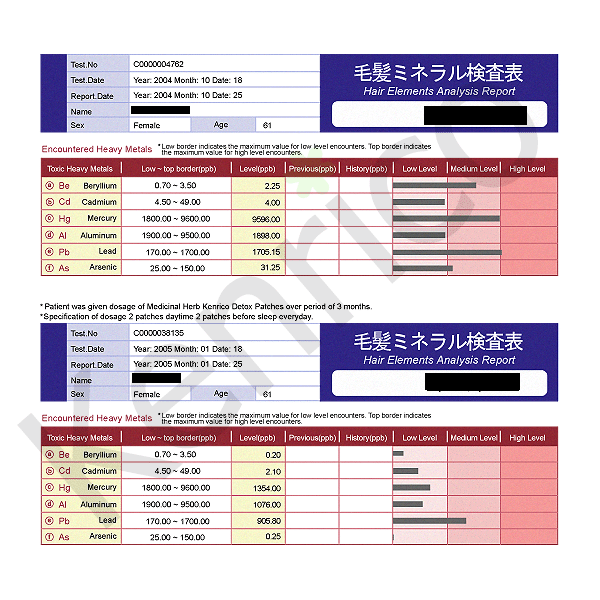
Hair Analysis on 21 years old male. Mercury and Aluminum elements dropped significantly after continuous 3 months of detoxification using Kenrico SAP Sheet.
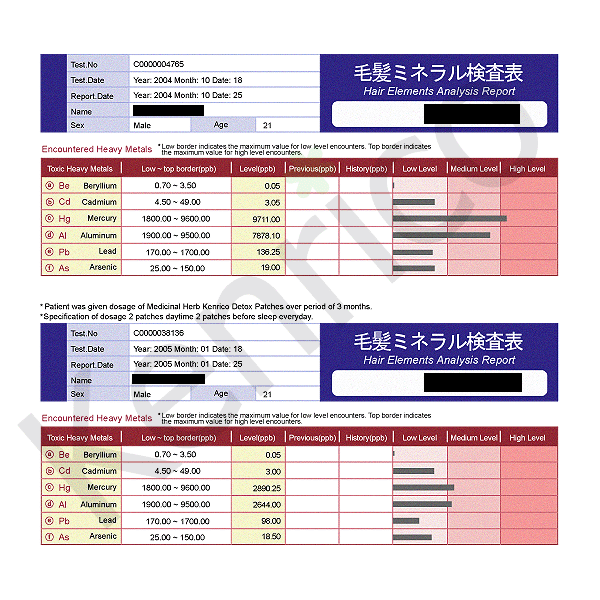
Hair Analysis on 33 years old female. Beryllium and Arsenic elements dropped significantly after continuous 3 months of detoxification using Kenrico SAP Sheet.
